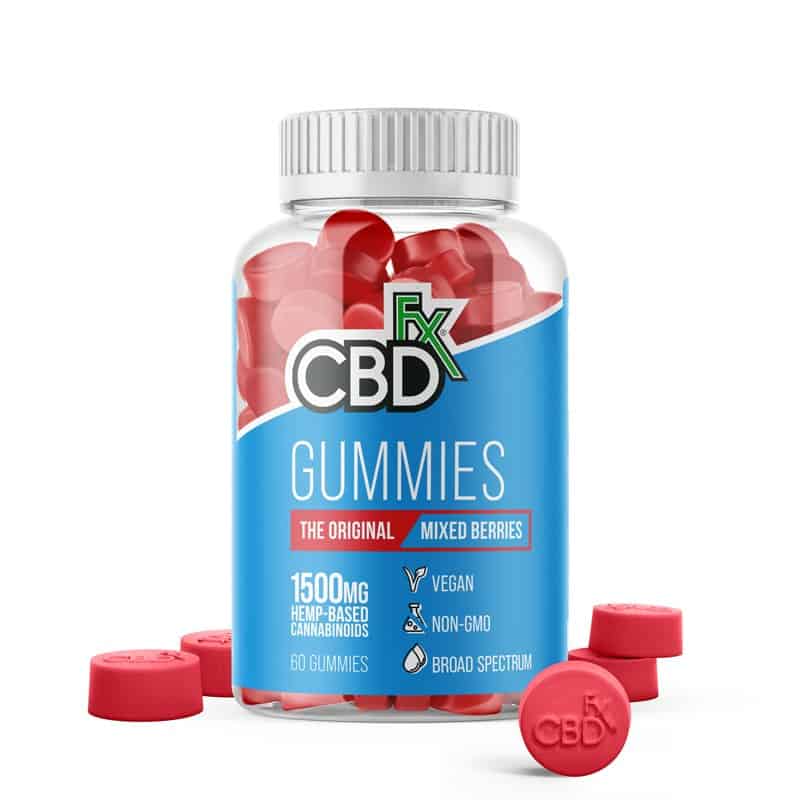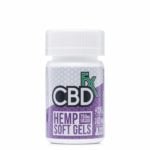
The Science Behind Vaporization: How Cannabis Oil Is Heated and Vaporized
The world of cannabis consumption has undergone a significant transformation in recent years, largely thanks to the rise of vaping. This modern approach to enjoying cannabis has not only reshaped the industry but also brought about a myriad of benefits, including discretion and precise dosing. At the heart of this transformation lies cannabis oil and the process of heating and vaporizing it. In this comprehensive guide, we will delve deep into the science behind how cannabis oil is heated and vaporized, exploring the various devices, temperature considerations, health implications, and the evolving landscape of cannabis vaporization.
This post is intended as information and for general knowledge only. It is not a substitute for medical advice, diagnosis, or treatment. It is recommended that you talk to a healthcare professional about this before introducing cannabinoids into your daily routine (especially if you have been diagnosed with any medical conditions or are under any medication). It is not recommended to drive or operate any machinery when using cannabis- or hemp-derived products. Use responsibly!
Basics of Vaping and Cannabis Oil
Vaping Devices and Components
Vape pens and their portability have made vaping cannabis oil incredibly convenient and discreet. These pocket-sized devices have become the go-to choice for many cannabis enthusiasts.
Different types of vaping devices cater to diverse preferences. From vape pens to dry herb vaporizers, each device serves a specific purpose in the world of cannabis consumption.
A typical vape pen consists of three essential components the battery, which powers the device, the atomizer, responsible for heating the cannabis oil, and the cartridge, which holds the oil.
Cannabis Oil and Its Types
The world of cannabis-derived products has expanded significantly, offering consumers a range of choices such as CBD oil, CBD vape juice, and more. These products allow users to harness the potential benefits of cannabinoids without the psychoactive effects associated with THC.
For those seeking a more potent experience, various marijuana concentrate variants like THC oil and hash oil are available. These concentrated forms of cannabis offer higher levels of cannabinoids.
Cannabis extracts, known for their purity and potency, are at the forefront of innovation in the cannabis industry. These extracts provide users with a more refined experience, preserving the essence of the cannabis plant.
Vaporizing Cannabis Oil
Vaporization Process
Understanding the vaporization process is crucial in appreciating the shift from smoking to vaping. Vaporization is considered a safer alternative to smoking cannabis due to reduced exposure to harmful substances.
Vaporization has gained popularity among health-conscious consumers because it eliminates many of the harmful byproducts associated with combustion, making it a preferred method for those who prioritize their well-being.
The National Institute for Drug Abuse (NIDA) recognizes the benefits of vaporization and recommends it as a safer way to consume cannabis compared to smoking.
The Role of Temperature
Temperature settings play a pivotal role in the vaporization process. Precise control of temperature allows users to customize their experience by unlocking specific cannabinoids and terpenes.
The impact of temperature on cannabinoids and terpenes cannot be understated. Different compounds vaporize at different temperatures, offering users a spectrum of effects and flavors.
Finding the optimal vaping temperature is a journey of experimentation, allowing users to tailor their experience to their preferences, whether they seek relaxation or a burst of creativity.
Vaping Cannabis Oil
Preparation and Usage
Assembling a vape pen for use is a straightforward process. Most vape pens come with user-friendly features, making them accessible even to beginners.
Loading cannabis oil into a vape cartridge is a simple task, but precision is key. Ensuring a proper fill ensures a consistent and enjoyable vaping experience.
Activation methods for vape pens vary; some are button-activated, requiring a press of a button to initiate heating, while others are draw-activated, automatically heating when the user inhales.
Vaping Techniques
Inhaling techniques differ among users. Mouth-to-lung inhalation mimics the sensation of smoking and is favored by some, while “direct-to-lung” inhalation offers a more direct and potent experience.
The length and frequency of drawing sessions vary, influencing the intensity and duration of effects. Adjusting these factors allows users to tailor their experience to their specific needs.
Monitoring the vapor produced during vaping is essential for a satisfying experience. The density, flavor, and smoothness of the vapor can provide valuable feedback to users.
Safety and Public Health Considerations
Cannabis Vaporization and Public Health
Vaporizing cannabis is often viewed as a harm-reduction strategy when compared to smoking. The elimination of harmful combustion byproducts reduces the risks associated with traditional methods of consumption.
Disease control implications of vaping cannabis are a topic of ongoing research. While vaporization appears to be a safer alternative, long-term effects require continued investigation.
Public health campaigns promoting responsible cannabis use have gained importance as the popularity of vaping rises. Educating users about safe practices and potential risks is crucial.
Vaping Temperatures and Health
The impact of vaping temperature on health outcomes is an area of concern. Excessive heat can lead to the production of harmful compounds, potentially negating the benefits of vaporization.
Mitigating risks associated with high vaping temperatures requires users to exercise caution and adhere to recommended temperature ranges for specific cannabinoids and terpenes.
Exploring alternative vaping methods, such as using coconut oil as a carrier for cannabis oil, is one way to reduce the risk of overheating and protect the health of users.
Medical and Recreational Aspects
Medical Cannabis and Vaping
Vape pens have found a significant role in medical cannabis consumption. Their precise dosing capabilities make them an ideal choice for patients seeking consistent therapeutic effects.
CBD vaping has gained recognition for its potential therapeutic benefits. Vaping CBD oil offers rapid absorption, making it an efficient method for managing various health conditions.
Cannabis vaporizers have also found their way into medical settings, providing patients with a reliable and convenient means of accessing the healing properties of cannabis.
Recreational Cannabis Use
The choice between cannabis flower and cannabis extracts for vaping largely depends on personal preferences. Flower vaping allows users to experience the full spectrum of cannabinoids and terpenes.
Vaping marijuana has become a popular recreational activity, offering a cleaner and more flavorful alternative to traditional smoking methods.
Balancing enjoyment with responsible use is essential in the world of recreational cannabis. Vaping allows users to savor the essence of the plant while minimizing potential harm.
Future Trends and Innovations
Advancements in Vaping Technology
The world of vaping technology continues to evolve rapidly. Modern vape pens and vaporizers are equipped with a range of features, from precise temperature control to enhanced battery life.
Integration of IoT (Internet of Things) and smart technology in vaping devices is on the horizon. These innovations aim to provide users with more control and information about their vaping experience.
Enhancing user experience through innovation remains a driving force in the vaping industry, with companies constantly seeking ways to improve performance, flavor, and safety.
Novel Cannabis Products
Cannabis-infused vape juices and oils are gaining traction in the market. These products offer a convenient and flavorful way to enjoy the benefits of cannabis.
The exploration of new extraction methods for cannabis concentrates is ongoing, with an emphasis on preserving the full range of cannabinoids and terpenes. Consumer preferences are a driving force behind product innovation. As demand for specific experiences and flavors grows, the industry responds with new and exciting offerings.
Conclusion
The process of heating and vaporizing cannabis oil is a complex but rewarding journey. It allows users to unlock the potential benefits of cannabis while minimizing the risks associated with traditional smoking methods. Balancing health considerations with the enjoyment of the plant’s rich terpene profiles and cannabinoid content is at the heart of the vaping experience. As technology continues to advance and new products emerge, the world of cannabis vaporization remains vibrant and ever-evolving, offering consumers an array of options to explore and enjoy responsibly.
















